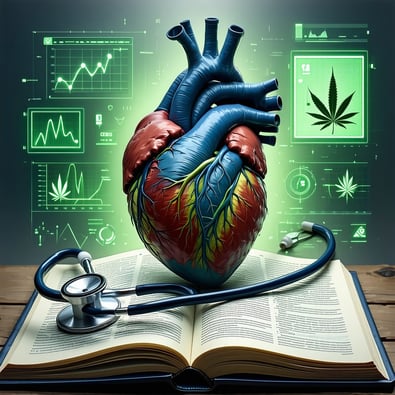Greater symptom relief and positive side effects were experienced by participants in this study.
A study published by the University of New Mexico (UNM) in the journal Frontiers in Pharmacology found that patients who feel high after using cannabis often experience greater symptom relief.
Entitled “Understanding Feeling ‘High’ and Its Role in Medical Cannabis Patient Outcomes,” researchers worked with ReLeaf App to study nearly 2,000 medical cannabis patients. Of that number, the participants recorded over 16,000 “administration sessions” with cannabis flower.
Jacob Vigil, senior author and Associate Professor of Psychology, explained the goal behind this particular study. “Feeling ‘high’ is poorly defined in the scientific literature, but is generally associated with both impairment and feelings of euphoria,” Vigil said. “Typically, feeling ‘high’ is assumed to be the goal of recreational use, but a limitation to cannabis’ therapeutic potential. In this paper, we test the validity of this assumption and find that feeling ‘high’ may be an unavoidable component of using cannabis medicinally.”
In this study, researchers found that 49% reported feeling high, which correlated with positive effects such as feeling “chill” or “happy,” while negative side effects included dry mouth and red eyes. They also found that 7.7% experienced greater symptom relief and reported an increase in feelings of relaxation and peace, while 20% of participants reported negative side effects.
Researchers sought to further define how feeling high applies to both impairment and euphoria, where “feeling high was statistically significantly associated with feeling clumsy, confused, dizzy, foggy, and paranoid, [as] well as effects like happy, grateful, great, and optimistic.”
They also confirmed that there were many examples of feeling high and receiving symptom relief. “This suggests that feeling high may be a fundamental component of the effective use of cannabis as medicine, rather than a tangential, negative effect to be avoided in clinical settings,” explained an article published in the UNM News Room.
Participant THC levels were strongly associated with feelings of being high, specifically while using a vaporizer in comparison to effects experienced after smoking flower. Researchers noted that ultimately, the results suggest that “higher THC increases symptom relief only if the patient feels high.”
Although these observations held true for both male and female participants, specifically those who suffer from anxiety, depression, pain, and fatigue. However, the feeling of being high did not strongly contribute to symptom relief for those who suffer from insomnia. Additionally, for patients over 40 years old, being high and experiencing symptom relief was less strong.
According to the study’s lead author, Sarah Stith, who also holds a position as Associate Professor of Economics, the study showcases the challengers that researchers face when examining cannabis and how it interacts with the human body. “Cannabis products are extremely variable in their phytochemical composition and patients vary extensively beyond even factors included in this study, such as symptom type, gender, age, and cannabis experience,” Stith said. “In addition, factors that increase symptom relief, such as feeling high and THC, are associated with increased negative side effects such as impairment. These complexities suggest that the future of cannabis-as-medicine lies in highly customized treatments rather than the conventional pharmaceutical model of standardized dosing for most patients.”
Researchers recommended that clinicians should become more familiar with the connection between feeling high and symptom relief, and that legislators should understand that even recreational cannabis use could lead to “unintended health benefits.”
They concluded that future researchers should consider the results of this study for further examination. “Future studies would benefit from measurement of the mental and physical effects of consuming other, non-cannabinoid phytochemicals that commonly develop in the cannabis plant, such as terpenes, as well as how heat exposure (e.g., through temperature-controlled vaping) and pressure affect their bioavailability and pharmacodynamics,” the study concluded.




